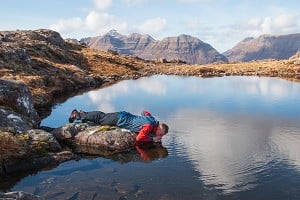
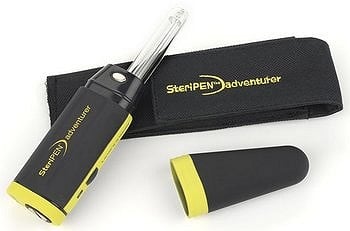
The SteriPEN Adventurer is small and lightweight. It weighs 103g with batteries and is 15.5cm in length, which is considerably smaller and lighter than most water filters in common use. The MSR SweetWater Microfilter, for example, weighs 320g and is 19cm in length.
I tested my unit out on a backpacking trip in the Highlands. Having always used Chlorine tablets, I was initially skeptical of a larger, heavier, electronic device. Out of the box, the device is surprisingly small and light, with easy battery installation and a simple, concise manual.
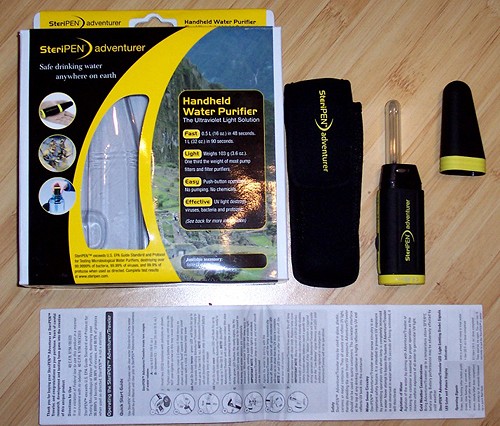
In operation, the SteriPEN is extremely simple and quick to use. A button is pressed, once for a one litre dose or twice for 0.5 litres, and the unit is placed into the water. It takes 90 seconds for a litre of water to be treated. After treatment, the water is drinkable immediately. There is no aftertaste.
A demo of the SteriPEN Adventurer in use by Alex Roddie
Advantages
1. Simple, fast operation. It's quicker than any other form of purification I've used, and the water does not need to be left to stand afterwards.
2. No chemical taste. After a few days in the wild, relying on natural water sources, this is a real benefit.
3. Small, light, and robust. I've dropped it on a few rocks and it still works fine. The supplied storage pouch is useful and of high quality.
4. Using rechargeable batteries and a solar charger gives you free, environmentally-friendly energy.
Disadvantages
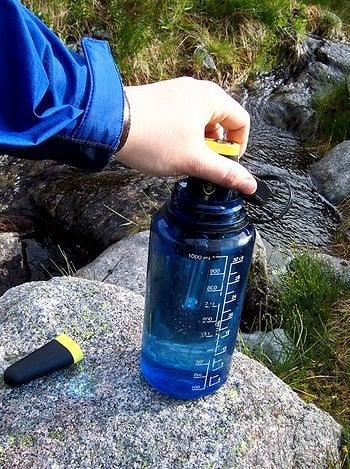
2. It doesn't work on Sigg bottles or other bottles with a narrow neck.
3. In bright sunlight the blue glow can be hard to see. Sometimes this resulted in the incorrect dose being given, as I could not tell at a glance that the light was still on.
Who it's for?
1. Backpackers, trekkers, and expeditions to remote regions. I think the SteriPEN Adventurer could be hard to beat for these uses, particularly when combined with a solar charger for expeditions.
2. Hillwalkers, alpinists and climbers in the summer months. It enables you to carry less water with you, as topping up at the next stream is so simple and quick.
Who it's not for?
1. Winter alpinists and winter climbers. Boiling is more useful for cold environments. Winter alpinists will not want to carry an extra item with only a single use.
2. Lightweight freaks or the price-conscious. There are cheaper and lighter options around, albeit with a reduced safety margin.
Conclusions
I was impressed by the SteriPEN adventurer, despite being naturally suspicious of gadgets in the outdoors. Once I learned its foibles (like keeping the head well-dunked into the water to make sure the correct dose is given) it proved to be remarkably versatile. I would certainly never consider going back to Chlorine tablets for summer mountaineering or walking.
However it's not for every situation, and I will not be taking my unit to the Alps, or to Scotland this winter. Alpine mountaineers and winter climbers usually carry a stove and will not want to add another item of gear to their packs when their stove will do, and has other uses as well.
It's also not cheap at about £90 in the UK, which is more expensive than most filter pumps, and an order of magnitude more expensive than a tub of Chlorine tablets. However, I feel that for the freedom this device gives you and its ease of use, it's worth it. 90 seconds of virtually no effort, other than holding the device upright and occasionally stirring, will give you a litre of safe water. Other than replacement batteries, it requires no maintenance and has practically no moving parts.
I would not hesitate to recommend the SteriPEN Adventurer to anyone venturing below the snowline this summer, particularly on long treks to remote areas, where I feel this device really shines.
Feedback From Rosker on This Review
More about SteriPEN products at www.steripen.com
Distributed in the UK by Rosker . Vist the Rosker's SteriPEN page at www.rosker.com
"From Rosker, UK distributor of SteriPEN
The model that Alex used, the SteriPEN Adventurer, has a life cycle of 8,000 1/2lt doses. There's a number of ways to view that information. One way is to simply calculate the cost per dose: a fraction over 1p per dose. That doesn't take the cost of batteries into account, so adding on the initial price of the solar charger at £50 would mean you'd never have to buy batteries again; that makes the cost a mere 1.175p per 1/2lt dose, or 2.35p per litre. Compare that for the £4 average retail price of a bottle of 75 chlorine 1lt treatment tablets, which works out to 5.3p per treated litre of water. Plus, with SteriPEN there's no chemical aftertaste and so no need to add in a neutralising treatment which you are advised to do with chlorine or iodine tablets, which are an extra cost on top. Also, on long term expeditions in areas where iodine rather than chlorine treatment tablets are necessary, there is a medical risk to the liver of using iodine over a long period of time. No such risk with Steripen.
If out climbing or on the hills for, say, 60 days a year then a SteriPEN user could get through 3lt of water per day whilst they're out. So, using simple maths, 8,000 divided by 3 x 60, if they were to use the SteriPEN Adventurer then it would last them 44.44 years. Practically a lifetime.
So, when all of this is factored in, it should balance Alex's point that it is an expensive piece of kit. It isn't really.
Alex makes a valid point that in sunlight it may be hard to see if the light is on or not. But, if the light hadn't been immersed in water during the purification cycle then there is a red warning light that shows. So, there's always a visual confirmation with SteriPEN that it's been used okay each and every time. The new model, the Journey, has a 'smiley' face on its screen when the cycle is complete.
Looking at the wider environmental angle, another way to view that 8,000 dose capacity is this. Imagine the average European city tourist buying bottled water and then imagine them being able to instead use water from the numerous fountains or water taps that exist and which most tourists wouldn't normally use as a safe source of drinking water. With SteriPEN you'd only ever need one plastic reusable bottle. Without it, you'd get through 8,000 plastic bottles which would all end up in landfill sites. SteriPEN are intending to put this info onto future packaging in a visual icon way so would-be buyers can see its eco-friendly nature. "



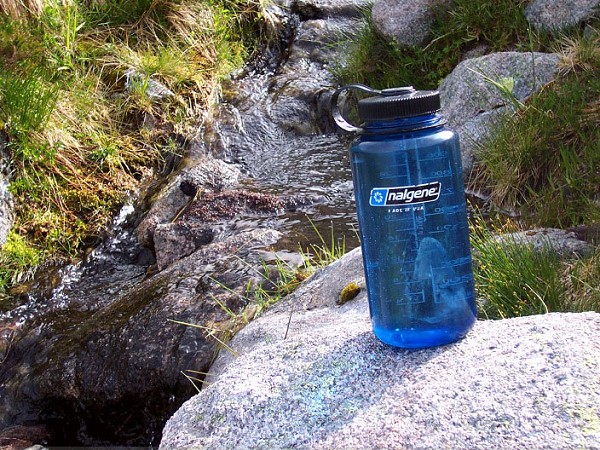
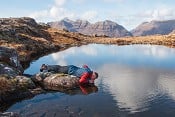
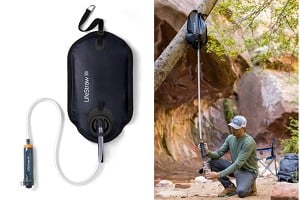

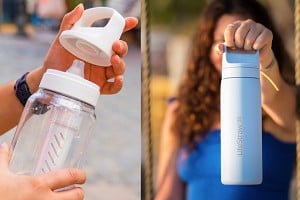


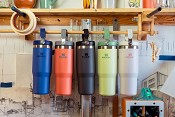
Comments